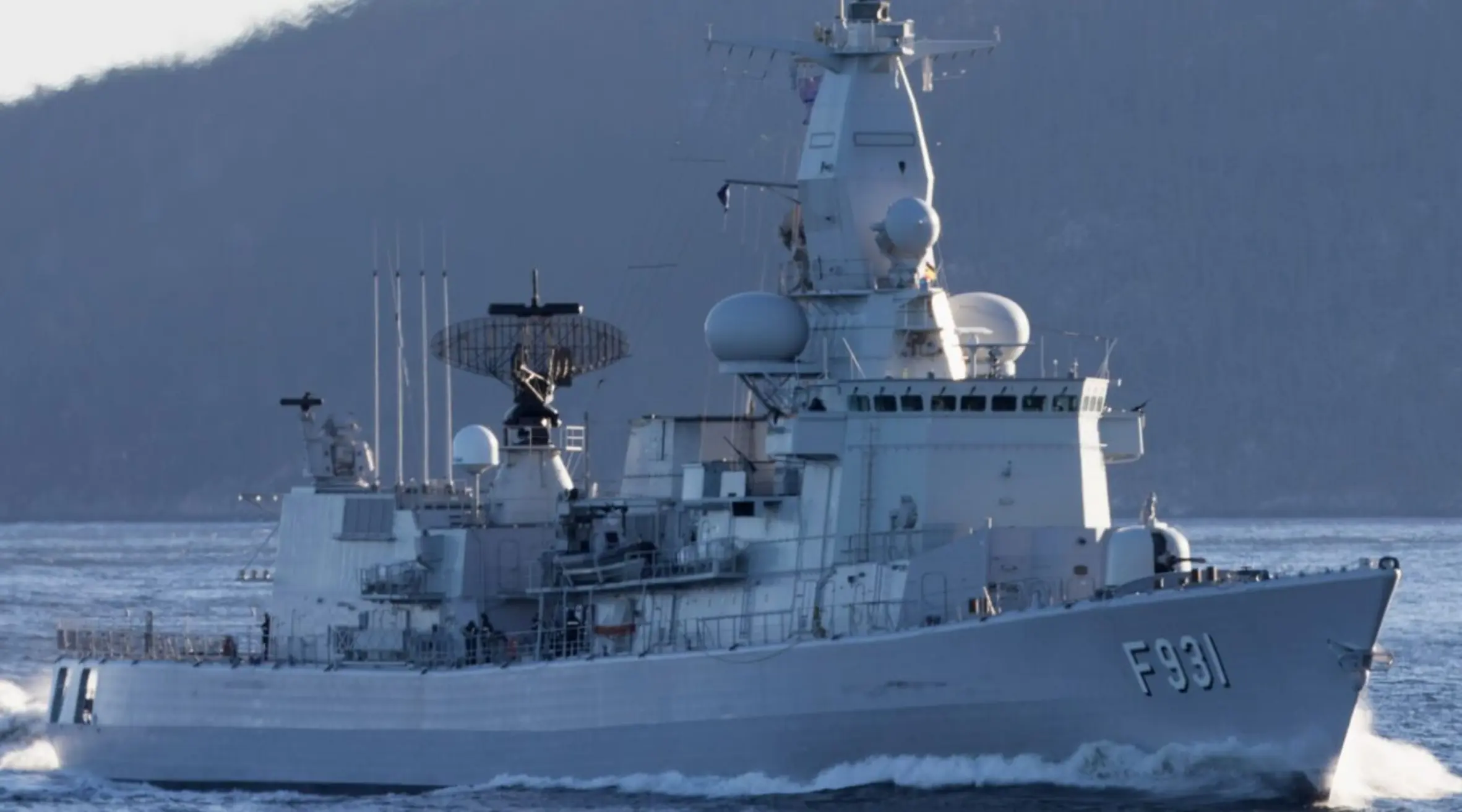Brussels (Brussels Morning) – The frigate Louise-Marie returns to Zeebrugge after a successful 121-day mission in the Red Sea, protecting commercial ships from Houthi rebel attacks aimed at influencing the Israel-Palestine conflict, facing challenging conditions and deploying in multiple strategic areas.
The frigate Louise-Marie has arrived back in Zeebrugge after a European operation against the Yemeni Houthi rebels in the Red Sea. The rebels have been carrying out attacks on commercial ships since November, claiming to be in support of the Palestinians in the conflict with Israel.
How long was frigate Louise-Marie deployed on mission?
The Louise-Marie left Zeebrugge in early March on a mission. The ship was deployed to protect container ships on the Red Sea shipping route and has completed a successful mission of 121 days. The 160-person crew has covered more than 55,000 kilometres.
Family and friends were waiting for the crew members in Zeebrugge with great anticipation. After a mission of four months, it was a happy reunion for many.
What was the frigate’s role in the Red Sea mission?
In the Red Sea, the ship escorted and protected commercial vessels. It was a defensive mission aimed at securing international shipping. One of Louise-Marie’s convoys was approached by drones used in drone attacks, but they were neutralized by the air units.
The Houthi rebels from Yemen have been carrying out attacks on container ships in the Red Sea since the end of last year. The Houthis want to hit trade at sea and thus increase the pressure on the West to intervene in the conflict between Israel and Palestine. The Houthis say they support the Palestinians in this way.
“A lot of goods from Asia come to Europe via the Red Sea, so the idea was to safely escort the commercial ships there,” says Major General Geert De Decker. “That provides a certain deterrent so that the container ships are not attacked. There is a threat to commercial ships almost every day. This involves unmanned vessels, but also drones.”
What challenges did frigate Louise-Marie face during deployment?
The conditions were also challenging, according to De Decker. “We had to work in extreme temperatures. Our ships normally sail around the North Sea, but here it was necessary to keep both people and equipment cool to remain operational. That was a big challenge because sometimes we had to deal with temperatures of 50 degrees Celsius.”
Furthermore, the frigate was also deployed in the Strait of Hormuz, between Iran and the Gulf of Oman. The operation was set up in 2020 in response to the increasing insecurity and instability in the Gulf of Oman and the Strait of Hormuz. Nine European countries are participating in the operation. Several ships were also escorted there. “Here too, commercial ships, including several Belgian ships, were escorted by our people.”



